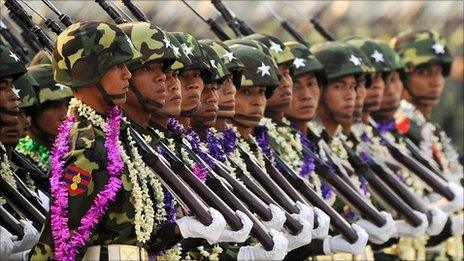Ceasefire with rebel groups marks limited milestone for Myanmar
- Published
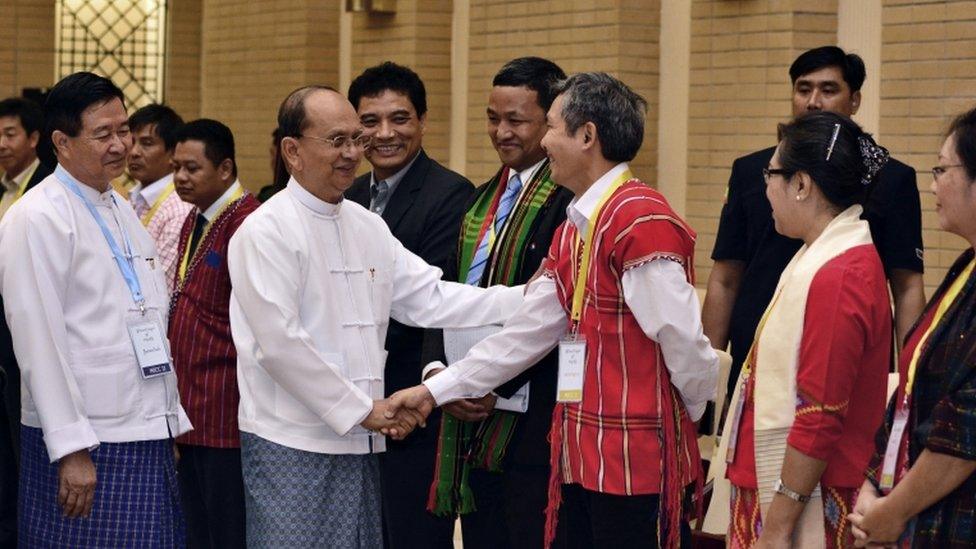
President Thein Sein hopes the ceasefire will be a major breakthrough
In August 2011, Myanmar's President Thein Sein invited 15 of the country's ethnic armies and militias to talks.
It was rightly seen as a historic move to try and bring an end to conflicts that have blighted Myanmar - also known as Burma -since independence.
Now four years on, that process has reached its first milestone with the signing of what is being called the nationwide ceasefire agreement.
But only eight of the 15 armed groups, external have put pen to paper.
Despite the absentees, Thein Sein's supporters are still hailing it a significant moment. But many are openly questioning what has been achieved.
What's in the Nationwide Ceasefire Agreement?
The agreement is neither truly nationwide nor strictly speaking a ceasefire.
In order to take part in this collective agreement the armed groups had to have previously signed a bilateral ceasefire with the government. So it is not actually halting any conflicts.
This at times tortuous process has been about trying to get everyone to the start line before the next phase, political dialogue, gets underway.
With only about half the groups having made it to the start line, the way forward from here will be ever more complex.
Most of the clauses in the agreement are logistical arrangements designed to minimise clashes, build trust and bring help to those affected by years of conflict - and to let people feel the dividends of peace.
The agreement also contains broad guidelines as to how the next phase will unfold.
Most important for the ethnic armed groups is that "federalism" is enshrined as a guiding principle for future talks.
Much of the rest of the document smacks of a need to get a deal done.
So there are vague, sometimes contradictory phrases, with thorny issues deferred to a later stage.
There is no guidance, for example, of how the voices of those without guns such as civil society organisations and activists will be incorporated.
Who's signed up?
Of the eight armed groups who have taken the plunge with the government, the Myanmar Peace Monitor estimates they have about 16,000 armed combatants between them.
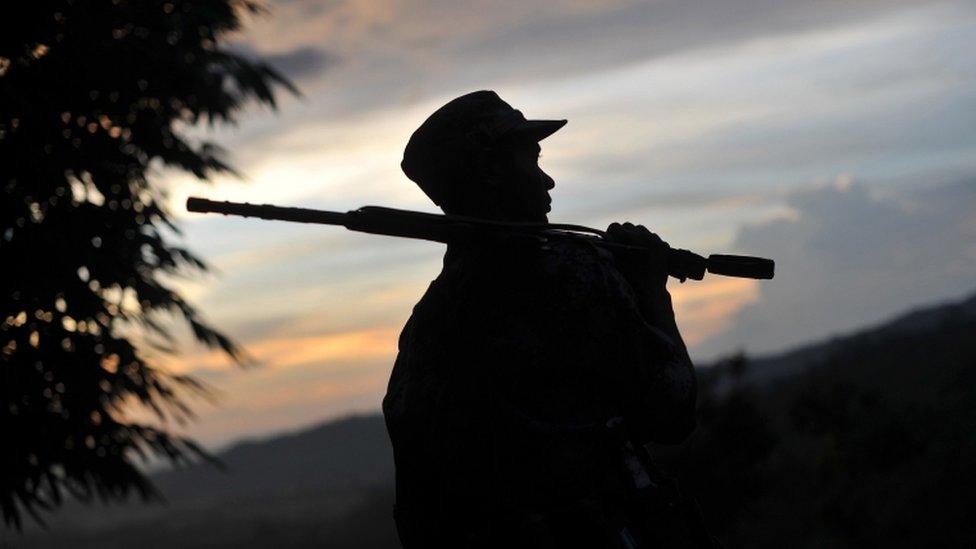
The Kachin Independent Army has thousands of members
Among them are the Karen National Union which was - until their bilateral ceasefire in 2012 - the world's longest-running rebel insurgency.
There are, however, more combatants out than in. It's estimated that there are at least 48,000 under the control of non-signing ethnic armed groups.
Most significant among then is the Kachin Independence Army (KIA) which is at least 10,000-strong.
It continues to clash with the Burmese army on a regular basis, and if brought on board would have encouraged smaller allied groups to commit too.
So why have so many refused to sign?
For some it just simply doesn't make sense.
The United Wa State Army, for example, has about 25,000 members and total control over a strip of land that borders China.
They have had their own ceasefire with the government since 1989 which is respected, and they believe they will only lose from signing another deal.
Others such as the KIA have agreed on the draft but object to the government's exclusion of smaller armed groups such as the Ta'ang National Liberation Army and the Kokang (MNDAA) group from the signing.
They argue that the ethnic armies should have shown solidarity with each other and gone for "all or nothing".
Those more cynical see a crude political calculation in the timing. It's less than a month before the general election and President Thein Sein's party is touting him as a man of stability and peace.
An agreement now, however flawed, will be presented as one of his greatest achievements.
It's possible that some ethnic armed groups may well be delaying their approval, simply to avoid giving the ruling party a boost.
What about the military?
There's deep unease about the Burmese army.
Myanmar has changed a great deal in the last five years. But despite all the talk of reform, the military has not given up any of its power, nor changed its behaviour in any significant way.
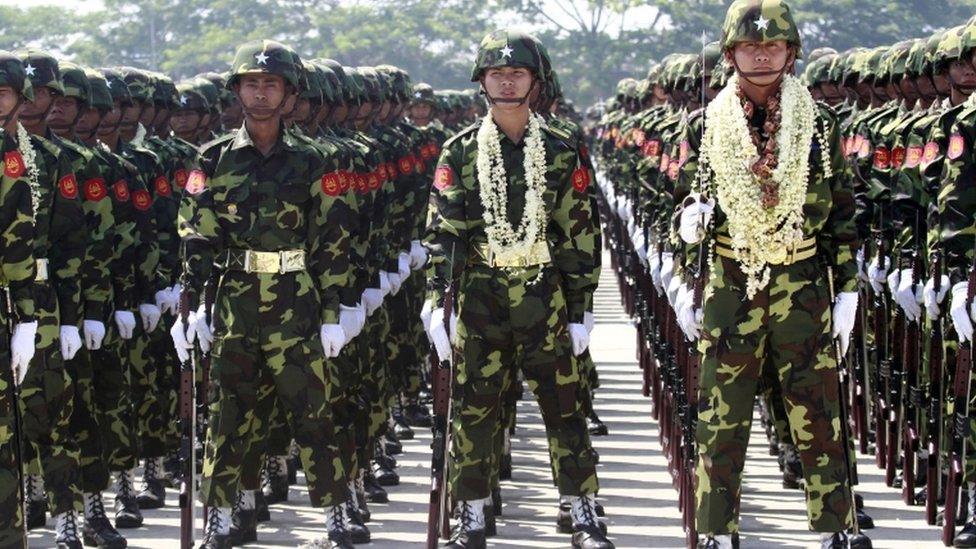
The Burmese Army is extremely powerful
Backed into a corner, the last session of the Burmese parliament saw the military forced to show their hand.
Faced with an almost unanimous group of elected parliamentarians calling for a small constitutional change the military representatives lined up and used their veto.
The ethnic groups are now being asked to believe that despite plenty of evidence to the contrary there has been a seismic shift; that after years of fighting, and making money from resources in conflict-hit areas the Burmese military has changed; that it now wants peace and transparency and is committed to respecting their rights and a federal future.
It is not hard to understand why so many have hesitated.
- Published15 October 2015
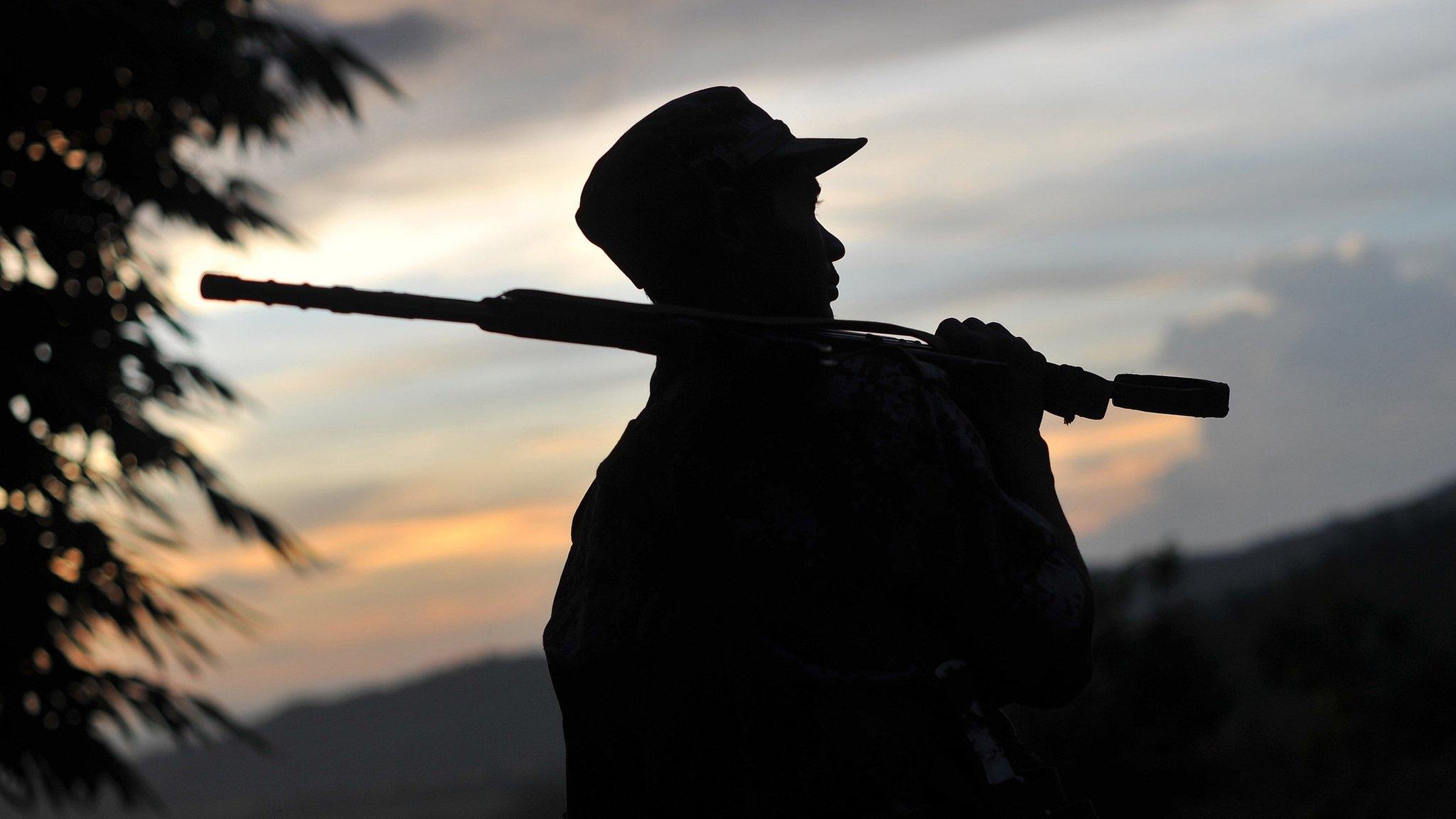
- Published10 November 2014
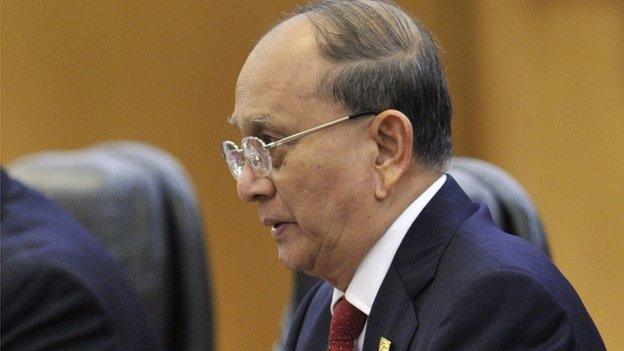
- Published13 July 2013
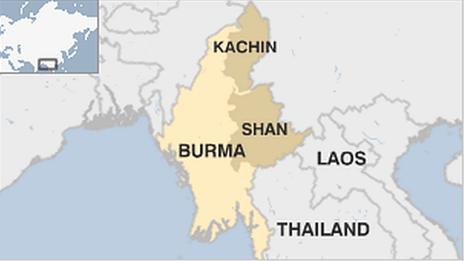
- Published20 January 2012

- Published18 August 2011
